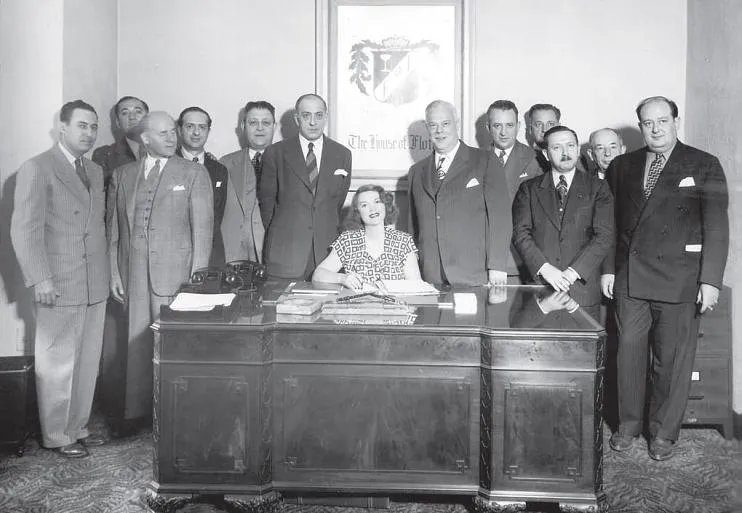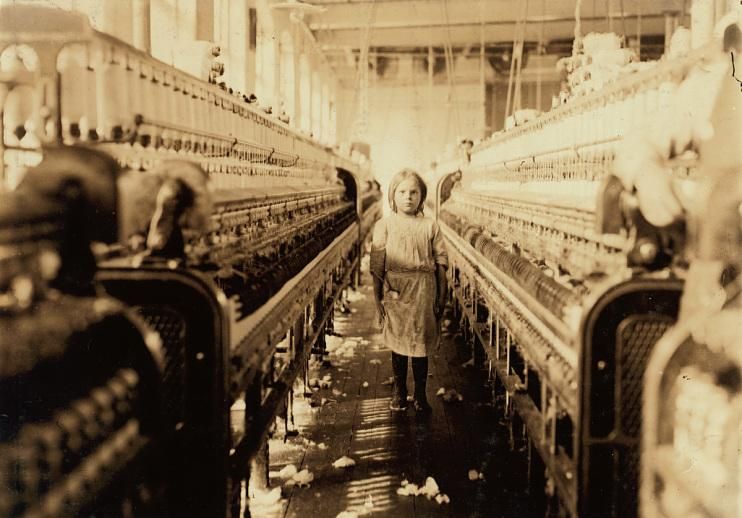Covid-19’s Impact on Working Women Is an Unprecedented Disaster
In September, 865,000 women left the workforce, with effects playing out differently for those of different races and classes
/https://tf-cmsv2-smithsonianmag-media.s3.amazonaws.com/filer/28/da/28dae145-eb4c-411a-bd84-b4f33cfc8c95/family_child_care.jpg)
Last month, as children returned to (virtual) school and daycare centers remained closed, more than 1.1 million people dropped out of the labor force. As the National Women’s Law Center reports, 80 percent of these individuals—classified as those no longer working or looking for work—were women.
“There is no historical example we can look back to in order to provide insight into the record number of women leaving, being pushed out of, or pulled away from the paid workforce because of the impact of Covid-19,” says historian Crystal M. Moten, a curator in the division of work and industry at the Smithsonian’s National Museum of American History, in an email to Smithsonian magazine.
Of the 865,000 women who left the workforce between August and September, 324,000 were Latina, while 58,000 were black women. (Comparatively, 216,000 men left the workforce in that same period.) Many of those affected found that it was impossible to continue completing paid work while also taking on a disproportionate amount of child care and other responsibilities at home.
Writing for the New York Times, Alisha Haridasani Gupta notes that women’s employment had already suffered a major blow due to job losses early in the pandemic. Unlike in many past recessions, layoffs and furloughs were largely concentrated in female-dominated industries like hospitality, education, entertainment and health care.
After hitting an all-time high of 14.7 percent in April, the unemployment rate has now fallen to 7.9 percent—significantly lower, but still very high by normal standards. And, as the new report reflects, a part of that decline was driven by the exodus of women from the workforce.
Women in different demographic groups face different challenges. Before the pandemic, white women were generally less likely to be working or seeking work than black or Latina women, and that’s remained true this fall, even as women of all races have dropped out of the labor force. On the other hand, the unemployment rates for both black and Latina women stood at around 11 percent in September—much higher than white women’s 6.9 percent.
These differences reflect historical inequalities.
“Women of color have had the most limited opportunities in the paid workforce and as white women progressed, it was these women of color, working in service positions in the home, in daycares, etc., who enabled professional white women to climb the job ladder,” says Moten. “While women have made some gains in the labor force, Covid-19 threatens this small progress.”

Between May and August, a quarter of women working in corporate America considered quitting or reducing their working hours to improve their work-life balance, according to a report from Lean In and McKinsey & Company. Lean in Foundation founder Sheryl Sandberg tells USA Today’s Chabeli Carrazana that “the suspicions many of us had, that coronavirus was leading to very serious burnout for women, were more than true.”
Ai-jen Poo, director of the National Domestic Workers Alliance, tells the New York Times’ David Segal that housekeepers are also facing a crisis unlike any in generations, as many employers have stopped using their services.
“We plateaued at about 40 percent unemployment in our surveys of members,” she says. “And because most of these people are undocumented, they have not received any kind of government relief. We’re talking about a full-blown humanitarian crisis, a Depression-level situation for this work force.”
Along with expectations based on gender roles, another reason women in heterosexual couples are more likely than men to leave the workforce is the fact that they typically earn less than their male partners. That means it makes more sense on a financial level for them to reduce their hours or leave the workforce entirely to pick up the growing amount of unpaid work at home.
“The earnings gap issue is a big part of the story at this point,” Stefania Albanesi, an economist at the University of Pittsburgh, tells the Times’ Gupta. “… The bigger the wage gap across spouses, the smaller the labor supply of the secondary earner, which is typically the wife.”
That gap is partly the result of gender discrimination in the workplace that goes back generations. Moten points to a 2017 Pew Research Center survey that found four in ten women had experienced gender-based workplace discrimination, such as being passed over for important assignments or promotions. That dynamic informs “The Only One in the Room: Women Achievers in Business and the Cost of Success,” a new exhibit at the American History Museum. Now on display virtually and opening physically on November 20, the display highlights the ways in which even the most successful businesswomen have had to overcome discrimination.

The current crisis highlights the way domestic labor, which rarely shows up in newspaper headlines, has always held up the economy. Whether the work of caring for children and homes is done by unpaid household members or low-wage workers, it usually falls under the purview of women and girls. As Moten notes, “Girlhood (It’s Complicated),” another new exhibition at the museum, considers the long history of girls as workers.
“For some girls and young women of color, their understanding of work begins earlier than others,” she says. “Not only are they seeing the sacrifices of older women in their lives, they themselves have worked and are working. Taking care of younger siblings, getting jobs, balancing school (now virtual), helping to build the United States—girls are and have been workers which has affected their experiences of childhood.”
Women who leave the labor force during the pandemic are likely to face long-term damage to their careers, writes Abby Vesoulis for Time magazine. And their employers may suffer, too.
“Women are bringing really important skills to the labor market and they are driving all kinds of innovation,” Melissa Boteach, a vice president at the National Women’s Law Center, tells Time. “Firms that are more diverse do better. And we’re leaving people on the sidelines who want to be in the game.”
For the nation as a whole, says Moten, Covid-19 has “both revealed and deepened many of the fault lines in our society.” No simple way to address the inequalities along race, class and gender lines that have shaped our history for generations exists, but the curator notes that working women have been struggling for solutions all along. She is currently writing a book about one part of that story, This Woman’s Work: Black Women’s Intellectual and Economic Justice in Postwar Milwaukee.
“While the historical working women I write about achieved some gains, their work continues,” Moten adds. “Even as the pandemic rages on, we must persist in the struggle for equality in the workplace.”
/https://tf-cmsv2-smithsonianmag-media.s3.amazonaws.com/accounts/headshot/Livia_lg_thumbnail.png)
/https://tf-cmsv2-smithsonianmag-media.s3.amazonaws.com/accounts/headshot/Livia_lg_thumbnail.png)